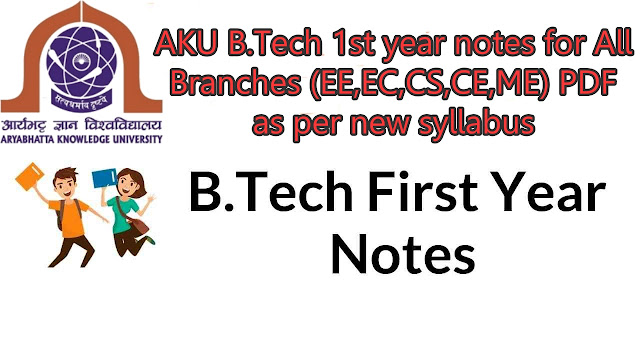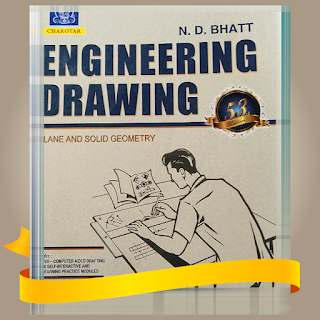NPTEL Introduction To Internet Of Things Assignment 6 Answers 2023 (July-Oct)
In the ever-evolving landscape of technology, the Internet of Things (IoT) plays a pivotal role. The NPTEL Introduction To Internet Of Things Assignment 6 for July-Oct 2023 delves deep into this realm, challenging students' understanding of IoT concepts and applications. In this detailed article, we'll navigate through the assignment's key questions, providing insightful answers and expert perspectives to aid your successful completion.
NPTEL Introduction To Internet Of Things Assignment 6 Answers 2023 (July-Oct)
What is the Internet of Things (IoT)?
The Internet of Things, often referred to as IoT, is a revolutionary concept that involves connecting everyday objects and devices to the internet. This enables them to collect, exchange, and utilize data for enhanced functionality and improved decision-making. IoT has vast implications across various sectors, from smart homes to industrial automation.
NOTE:- Answers will be updated shortly and it will be notified in our Youtube & Telegram Group. So Join Now
Join Our YoutubeJoin NowJoin Us On TelegramJoin Now
👉 Click Here To Get Solution
Python doesn’t support strict rules for syntax and static variable declaration like C.
Answer: b. False
Fill in the blanks. __________ is a data-type in Python.
Answer: d. All of these
Fill in the blanks. __________ are the variables declared inside a function.
Answer: c. Local variables
What does the open() function return for file operations?
Answer: b. File object
Python does not follow rigid indentation.
Answer: b. False
Which of the following is used to display an image in Python?
Answer: a. image.show()
Which of the following models does Python follow for networking?
Answer: c. All of these
In Python, ”with” ensures the file is closed after the operation is completed, but not when an exception occurs.
Answer: a. True
In Raspberry Pi, GPIO acts only as a digital output.
Answer: b. False
Which of the following exits the nano editor in the terminal?
Answer: b. Ctrl+X
Does Raspberry Pi provide configuration options for cameras?
Answer: a. Yes
Does Python provide a module for pi-camera?
Answer: a. Yes
Which of the following converts energy to motion?
Answer: a. Actuator
Which of the following is a property of a Relay?
Answer: a. Mechanical switch
Sensors can be neither analog nor digital.
Answer: b. False
Explain the Components of an IoT System.
An IoT system comprises several essential components:
- Sensors/Devices: These gather data from the environment or an object.
- Connectivity: The means by which data is transmitted (Wi-Fi, Bluetooth, cellular, etc.).
- Data Processing: This involves analyzing and making sense of the collected data.
- User Interface: The medium through which users interact with the system.
- Cloud Storage: Data is often stored on remote servers for easy access.
- Action/Response: Based on the processed data, actions are taken, such as sending alerts or controlling devices.
Discuss the Benefits of IoT Implementation.
Implementing IoT offers a multitude of benefits:
Efficiency: Automation and remote monitoring enhance operational efficiency.
Data-Driven Insights: IoT generates valuable insights from data analytics.
Cost Savings: Predictive maintenance reduces downtime and maintenance costs.
Enhanced Decision-Making: Real-time data facilitates informed decisions.
Improved Customer Experience: IoT enables personalized and responsive services.
Challenges Associated with IoT Integration.
While IoT holds great promise, it also presents challenges:
- Security Concerns: Connected devices are vulnerable to cyberattacks.
- Data Privacy: Collected data must be handled with utmost care.
- Interoperability: Ensuring seamless communication among diverse devices.
- Complexity: Designing and managing intricate IoT ecosystems.
- Cost: Implementation and maintenance costs can be high.
- Explore IoT's Role in Smart Cities.
- IoT contributes significantly to smart city development:
Infrastructure Management: Sensors monitor utilities, enhancing resource allocation.
Traffic Management: Real-time data optimizes traffic flow and reduces congestion.
Environmental Monitoring: IoT helps track pollution levels and promote sustainability.
Public Safety: Smart surveillance and emergency response systems are implemented.
Energy Efficiency: IoT enables better energy management and conservation.
Applications of IoT in Healthcare.
IoT's impact on healthcare is profound:
Remote Patient Monitoring: Wearable devices track vital signs and health parameters.
Medication Management: Smart dispensers ensure timely medication intake.
Telemedicine: IoT facilitates virtual consultations and remote diagnostics.
Hospital Efficiency: Asset tracking and inventory management streamline operations.
Epidemic Control: Data-driven insights aid in disease surveillance and control.
NPTEL Introduction To Internet Of Things Assignment 6: FAQs
Is IoT Limited to Consumer Devices?
No, IoT extends to industrial, healthcare, agriculture, and various sectors.
What Skills are Vital for IoT Development?
Proficiency in programming, data analytics, and electronics is crucial.
How Does IoT Enhance Energy Efficiency?
IoT optimizes energy usage by monitoring and controlling consumption.
What Ensures IoT Data Security?
Encryption, regular updates, and robust access controls safeguard IoT data.
Can IoT Operate Without Internet Connectivity?
Limited functionality is possible through local connections, but internet enhances capabilities.
What's the Future of IoT?
IoT's future involves increased integration, AI collaboration, and enhanced security measures.
Conclusion
Navigating the intricacies of NPTEL's IoT Assignment 6 for July-Oct 2023 requires a comprehensive understanding of IoT's core concepts and applications. This article has provided expert insights, answers, and real-world perspectives to empower you in successfully tackling the assignment. As you delve into the world of IoT, remember its potential to transform industries and improve lives.





